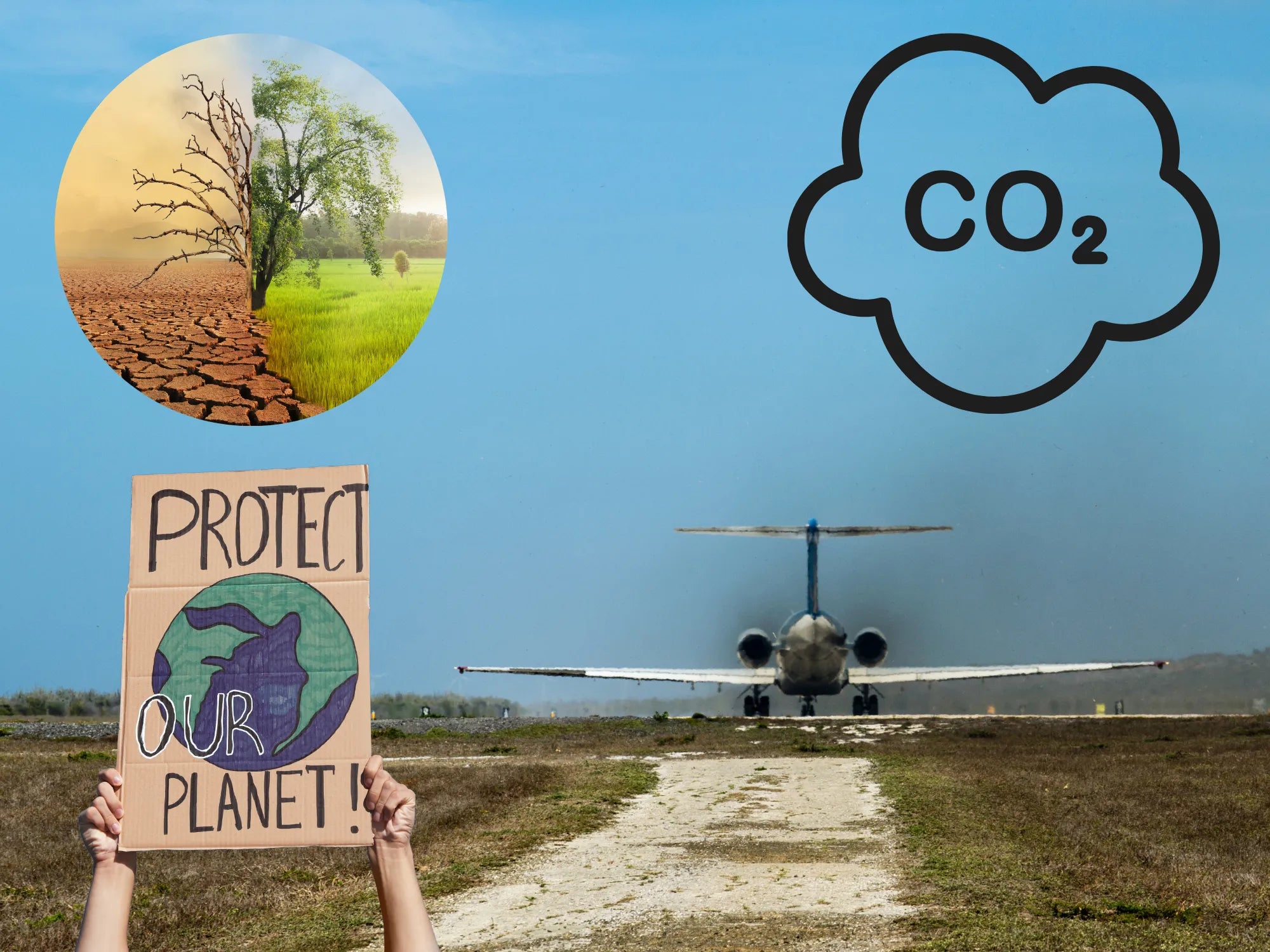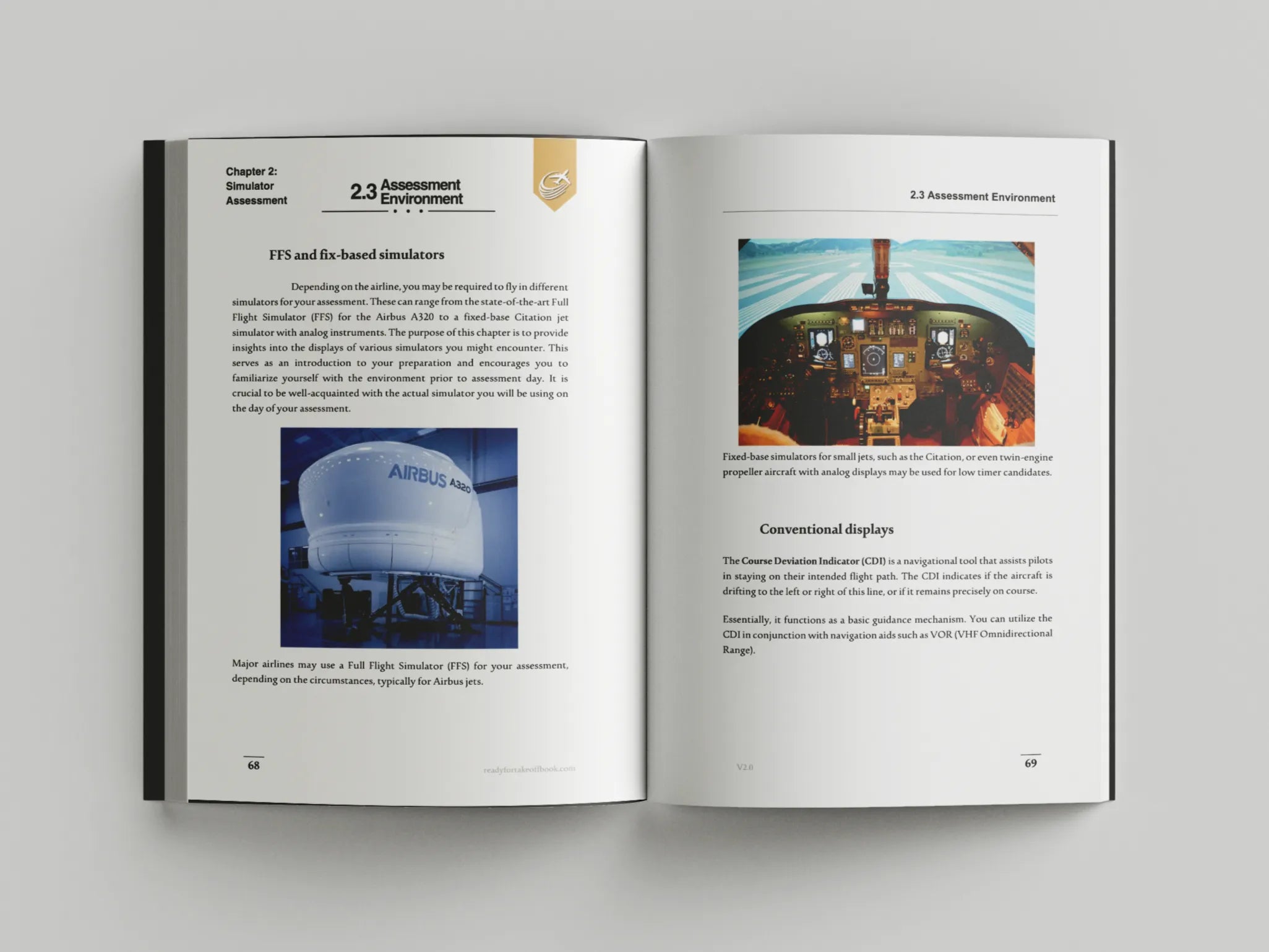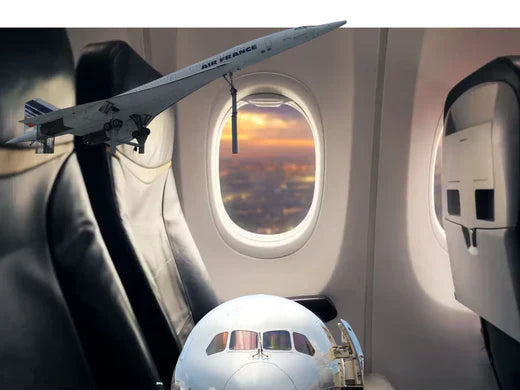Introduction
Aviation has become an essential part of global connectivity, driving economic growth and facilitating cultural exchange. However, as the world becomes increasingly aware of the environmental impact of carbon emissions, the aviation industry finds itself at a crossroads. The debate surrounding the future of aviation is now focused on how to balance the need for air travel with the urgent need to address climate change. This article explores the environmental impact of aviation and discusses the various innovations and strategies being developed to make air travel more sustainable, including sustainable fuels, electric and hybrid aircraft, and the potential of hydrogen-powered aviation.
The Environmental Impact of Aviation
Aviation is a significant contributor to global greenhouse gas emissions, accounting for approximately 2-3% of global CO2 emissions. However, this number is expected to rise as air travel demand grows, potentially making aviation one of the largest sources of emissions in the future. The impact of aviation on the environment extends beyond CO2 emissions; it also includes the release of other harmful gases such as nitrogen oxides (NOx), which contribute to the formation of ozone, a potent greenhouse gas.
Key Environmental Concerns
- Carbon Emissions: Aircraft burn fossil fuels, releasing large amounts of CO2 into the atmosphere. The high altitude at which planes operate also amplifies the warming effect of these emissions.
- Non-CO2 Effects: Aviation contributes to climate change through other mechanisms, such as the formation of contrails and cirrus clouds, which have a warming effect by trapping heat in the atmosphere.
- Noise Pollution: Aircraft noise is another environmental concern, particularly for communities living near airports. Although this doesn't contribute to climate change, it affects the quality of life and has health implications.
- Resource Consumption: The aviation industry requires vast amounts of natural resources, from the extraction of raw materials for aircraft manufacturing to the fuel needed for operations.
Innovations in Sustainable Aviation
In response to these environmental challenges, the aviation industry is exploring several innovative technologies and strategies aimed at reducing its carbon footprint. These innovations include the development of sustainable aviation fuels (SAFs), electric and hybrid-electric aircraft, and hydrogen-powered aircraft.
Sustainable Aviation Fuel (SAF)
Sustainable aviation fuels are seen as one of the most promising solutions for reducing aviation's carbon emissions in the near term. IATA is heavily involved in their development, as seen on this article on their website. Unlike conventional jet fuel, SAFs are made from renewable sources such as:
- Biofuels: Produced from biological materials like plant oils, algae, and waste products, biofuels can significantly reduce lifecycle emissions compared to fossil fuels.
- Synthetic Fuels: Also known as e-fuels, these are produced using captured CO2 and renewable energy sources like wind or solar power. Synthetic fuels can potentially be carbon-neutral, depending on the source of the electricity used in their production.
Benefits of SAFs:
- Compatibility: SAFs can be blended with conventional jet fuel and used in existing aircraft engines without modification, making them a practical solution for reducing emissions.
- Reduction in Emissions: Depending on the feedstock and production process, SAFs can reduce lifecycle carbon emissions by up to 80% compared to conventional jet fuel.
Challenges:
- Cost: SAFs are currently more expensive to produce than conventional jet fuel, making widespread adoption challenging.
- Supply: The availability of sustainable feedstocks and the scalability of production processes are limiting factors in the broader adoption of SAFs.
Electric and Hybrid-Electric Aircraft
Electric and hybrid-electric aircraft represent a significant technological shift in aviation, with the potential to drastically reduce or even eliminate emissions from flight operations.
- Electric Aircraft: Fully electric aircraft are powered by batteries, which drive electric motors to propel the plane. These aircraft produce zero emissions during flight and are quieter than conventional aircraft, reducing noise pollution.
- Hybrid-Electric Aircraft: These aircraft combine conventional jet engines with electric propulsion systems, using batteries to supplement or replace fuel-powered engines during certain phases of flight, such as takeoff and landing.
Benefits:
- Zero Emissions: Electric aircraft produce no direct emissions, making them a key technology for achieving carbon-neutral aviation.
- Noise Reduction: Electric motors are quieter than conventional jet engines, leading to reduced noise pollution.
Challenges:
- Battery Technology: The energy density of current batteries is significantly lower than that of jet fuel, limiting the range and payload capacity of electric aircraft. Advances in battery technology are needed to make electric aviation viable for larger aircraft and longer routes.
- Infrastructure: The widespread adoption of electric aircraft will require new infrastructure, including charging stations at airports and upgrades to power grids.
Hydrogen-Powered Aircraft
Hydrogen is emerging as a potential alternative to conventional jet fuel, with the promise of zero carbon emissions when used in fuel cells or burned in modified jet engines. Airbus has been working on hydrogen-powered aircraft for some years now.
- Hydrogen Fuel Cells: Hydrogen fuel cells generate electricity by combining hydrogen with oxygen, producing only water vapor as a byproduct. This electricity can then power electric motors to drive the aircraft.
- Hydrogen Combustion: Hydrogen can also be burned in modified jet engines, producing water vapor and small amounts of nitrogen oxides as byproducts, but no CO2.
Benefits:
- Zero CO2 Emissions: Hydrogen-powered aircraft produce no carbon emissions, making them a potentially climate-friendly alternative to conventional aircraft.
- Abundant Resource: Hydrogen is the most abundant element in the universe and can be produced from various sources, including renewable energy.
Challenges:
- Storage and Distribution: Hydrogen has a low energy density by volume, requiring large and heavy storage tanks, which pose a challenge for aircraft design. Additionally, the infrastructure for producing, storing, and transporting hydrogen on a large scale is not yet in place.
- Cost: The production of green hydrogen (produced using renewable energy) is currently expensive, and the cost of hydrogen-powered flight is expected to be higher than that of conventional aviation, at least initially.
Strategies for Reducing Aviation's Carbon Footprint
Beyond technological innovations, several strategies are being developed and implemented to reduce the carbon footprint of aviation.
Improved Aircraft Design
Advances in aerodynamics, materials science, and engine technology are leading to the development of more fuel-efficient aircraft. For example, the use of lighter composite materials in aircraft construction reduces weight, leading to lower fuel consumption. Additionally, more efficient engines and improved wing designs can reduce drag, further improving fuel efficiency.
Operational Improvements
Operational changes, such as optimizing flight routes, reducing unnecessary weight, and implementing more efficient air traffic management systems, can also contribute to emissions reductions. For example:
- Optimized Flight Paths: Modern flight management systems can calculate the most fuel-efficient routes, taking into account wind patterns, weather conditions, and air traffic.
- Continuous Descent Approaches: This landing technique allows aircraft to descend gradually and efficiently, reducing fuel burn and emissions during the approach to an airport.
Carbon Offsetting
While not a solution to emissions themselves, carbon offsetting allows airlines to compensate for their carbon footprint by investing in environmental projects that reduce or remove CO2 from the atmosphere. These projects can include reforestation, renewable energy development, and carbon capture and storage technologies.
Challenges:
- Effectiveness: The effectiveness of carbon offsetting programs has been questioned, as they do not reduce emissions from aviation itself and rely on the success of external projects.
- Transparency: Ensuring that offset projects are credible, verifiable, and truly additional (i.e., they would not have happened without the offset funding) is crucial to the integrity of these programs.
The Path Forward: A Sustainable Future for Aviation
The path toward a sustainable future for aviation is complex and will require a combination of technological innovation, regulatory action, and industry commitment. While significant challenges remain, the progress being made in sustainable aviation fuels, electric and hybrid aircraft, and hydrogen technology offers hope that the industry can reduce its environmental impact while continuing to provide the global connectivity that modern society relies on.
Key Considerations for the Future:
- Collaboration: Achieving sustainability in aviation will require collaboration across the entire industry, including airlines, manufacturers, governments, and research institutions.
- Regulation and Incentives: Governments play a crucial role in setting regulations and providing incentives for the development and adoption of sustainable aviation technologies.
- Public Awareness and Demand: Increasing public awareness of the environmental impact of aviation and demand for sustainable travel options can drive industry change.
- Research and Development: Continued investment in research and development is essential to overcoming the technical and economic challenges associated with sustainable aviation technologies.
FAQs
1. What are the main environmental impacts of aviation?
Aviation contributes to climate change through carbon emissions, non-CO2 effects like contrail formation, and resource consumption. It also causes noise pollution, particularly near airports.2. How can sustainable aviation fuels (SAFs) help reduce the carbon footprint of aviation?
SAFs are made from renewable sources and can reduce lifecycle carbon emissions by up to 80% compared to conventional jet fuel. They can be used in existing aircraft engines without modification.3. What are the challenges of developing electric and hybrid-electric aircraft?
The main challenges include the low energy density of current batteries, which limits range and payload, and the need for new infrastructure, such as charging stations at airports.4. How does hydrogen-powered aviation work, and what are its benefits?
Hydrogen can be used in fuel cells or burned in modified jet engines, producing zero carbon emissions. It is abundant and can be produced from renewable sources, making it a promising alternative to fossil fuels.5. What strategies can airlines use to reduce their carbon emissions today?
Airlines can reduce emissions through improved aircraft design, optimized flight operations, and carbon offsetting. These strategies help lower fuel consumption and compensate for remaining emissions.6. Is carbon offsetting an effective way to mitigate aviation's environmental impact?
While carbon offsetting can help compensate for emissions, its effectiveness depends on the credibility and success of the offset projects. It is not a substitute for reducing emissions at the source.























